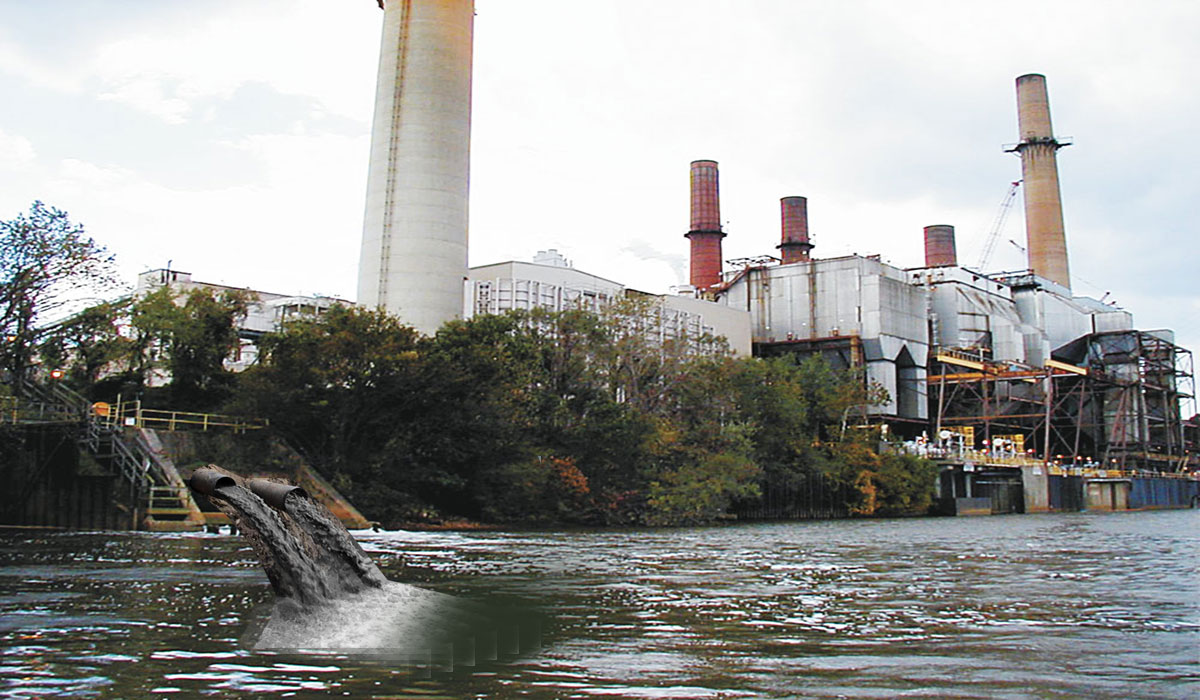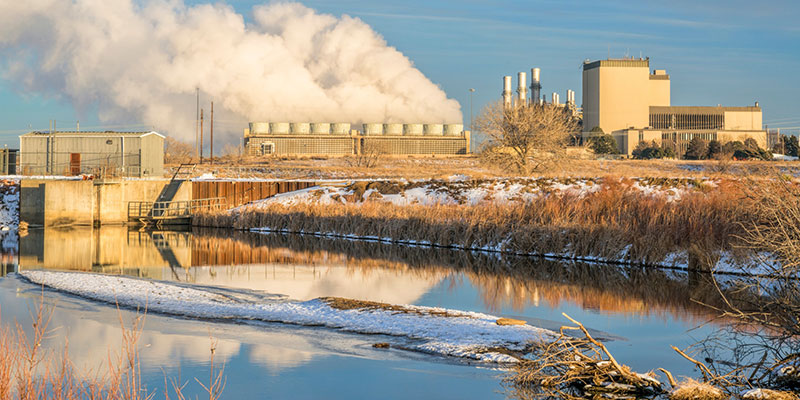Trick Techniques in Industrial Waste Water Therapy Procedures
The treatment of commercial wastewater is a critical facet of environmental management, entailing a series of techniques created to reduce the influence of pollutants. From the fundamental physical methods that divide solids to the advanced chemical and biological processes that target details contaminants, each strategy plays an important duty in accomplishing water quality criteria. Furthermore, advancements in modern technologies such as membrane filtering and progressed oxidation processes supply innovative options for enhancing treatment efficiency. Recognizing how these techniques adjoin and their implications for sustainability raises crucial inquiries about the future of wastewater administration in sector.
Physical Treatment Methods
How efficiently can physical treatment techniques address the complexities of industrial wastewater? Physical treatment methods play a pivotal role in the preliminary stages of wastewater administration, focusing primarily on the removal of solids and huge particulates. Techniques such as flotation, filtration, and sedimentation are important for decreasing the concentration of put on hold solids, therefore enhancing the efficiency of succeeding therapy processes.
Sedimentation involves the gravitational settling of solids, permitting the splitting up of heavier products from the wastewater. This technique is especially effective in clearing up water before biological or chemical therapies. Filtering, on the various other hand, uses various media to record particulate matter, making certain that smaller sized contaminants are gotten rid of. This method can be customized to fit different sorts of industrial effluents, generating clearer effluent streams.
Additionally, flotation approaches, which utilize air bubbles to lift put on hold solids to the surface area for elimination, work in treating wastewater with high focus of fats, oils, and greases. Generally, physical treatment techniques offer as a vital primary step in the comprehensive management of industrial wastewater, making sure that the tons on subsequent therapy stages is lessened and boosting overall therapy efficacy.
Chemical Treatment Methods
While physical therapy techniques prepared for reliable wastewater administration, chemical therapy methods are important for addressing the extra complicated impurities commonly found in commercial effluents. These methods make use of various chemical representatives to precipitate, reduce the effects of, or oxidize hazardous materials, ensuring an extra comprehensive elimination of pollutants.
One typical strategy is coagulation and flocculation, where chemical coagulants such as aluminum sulfate or ferric chloride are contributed to promote the aggregation of put on hold particles. This procedure boosts solid-liquid separation, minimizing turbidity and boosting water quality. Additionally, neutralization processes are utilized to readjust the pH of wastewater, using acids or bases to counteract acidic or alkaline streams, specifically.
Oxidation-reduction reactions play a vital role in degrading natural pollutants and virus. Chemical oxidants like hydrogen, chlorine, or ozone peroxide are utilized to break down complex organic compounds, making them less harmful or a lot more eco-friendly. Furthermore, advanced oxidation processes (AOPs) integrate several oxidation methods to improve toxin elimination performance.
Organic Therapy Processes
The efficiency of wastewater treatment is substantially boosted by organic therapy processes, which harness the natural metabolic activities of microorganisms to break down raw material and remove pollutants. Industrial Waste Water Treatment. These procedures largely entail anaerobic and cardiovascular digestion, each tailored for specific kinds of wastewater
Cardio therapy processes utilize oxygen to sustain microbial development, promoting the break down of organic toxins right into carbon dioxide and water. Common methods consist of triggered sludge systems, where aeration containers assist in the mixing of wastewater with microorganisms, and flowing filters, which urge biofilm advancement on media surfaces.
Alternatively, anaerobic treatment processes take place in the absence of oxygen, utilizing anaerobic microorganisms to disintegrate natural issue, causing biogas production, a renewable resource source. Anaerobic digesters are frequently employed in industrial setups for this function, effectively lowering the volume of sludge while creating useful biogas.
The selection of an organic therapy technique depends on wastewater attributes, treatment objectives, and governing requirements. The integration of biological procedures in wastewater treatment not just enhances contaminant elimination effectiveness yet additionally advertises sustainability by reducing chemical use and supporting source recuperation.
Advanced Oxidation Processes

Typical AOP techniques consist of Fenton's reagent, ozonation, and photocatalysis. Fenton's reagent, a mix of hydrogen peroxide and ferrous iron, catalyzes the development of hydroxyl radicals, making it effective for dealing with wastewater containing phenolic substances and other recalcitrant substances. Ozonation makes use of ozone as an effective oxidant, efficient in deteriorating a variety of organic pollutants while concurrently decontaminating the effluent. Photocatalysis uses light-activated catalysts, such as titanium dioxide, to boost oxidation responses and remove impurities.
AOPs provide a number of advantages, consisting of reduced sludge production and the ability to deal with wastewater with high concentrations of natural pollutants. The application of AOPs calls for mindful consideration of functional specifications and cost-effectiveness, ensuring that these innovative methods are appropriately incorporated into existing wastewater treatment systems.
Membrane Layer Purification Technologies

Microfiltration is effective for removing put on hold solids and microorganisms, while ultrafiltration targets smaller sized organic particles and viruses. Nanofiltration bridges the void between ultrafiltration and reverse osmosis, successfully eliminating natural substances and divalent ions. Reverse osmosis gives additional reading the highest degree of purification, utilized mostly for desalination and eliminating mono-valent ions.
Membrane innovations offer many advantages, including low energy usage compared to typical therapy approaches, modular design for scalability, and the capacity for water recovery and reuse. Challenges such as membrane fouling and the requirement for regular upkeep should be addressed to guarantee system efficacy. Generally, membrane purification modern technologies represent a vital component of modern industrial wastewater treatment approaches, promoting sustainability and source conservation in water administration.
Conclusion
In final thought, commercial wastewater treatment utilizes a varied range of methods, including physical, chemical, biological, and progressed methods. Continued innovations in these approaches will certainly further improve the effectiveness and performance of wastewater treatment processes in commercial setups.
The treatment of commercial wastewater is a critical element of ecological management, including an array of strategies developed to alleviate the influence of contaminants.How successfully can physical treatment techniques resolve the intricacies of industrial wastewater?Advanced oxidation processes (AOPs) represent an innovative strategy in commercial wastewater therapy, designed to efficiently break down natural toxins that are often resistant to conventional treatment techniques (Industrial Waste Water Treatment).In final thought, industrial wastewater treatment utilizes a varied range of methods, consisting of physical, chemical, organic, and progressed techniques. Continued improvements in these methods will certainly additionally enhance the effectiveness and efficiency check here of wastewater treatment processes in industrial settings